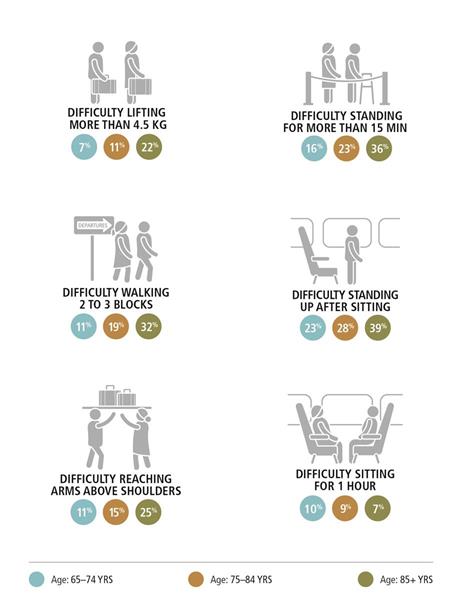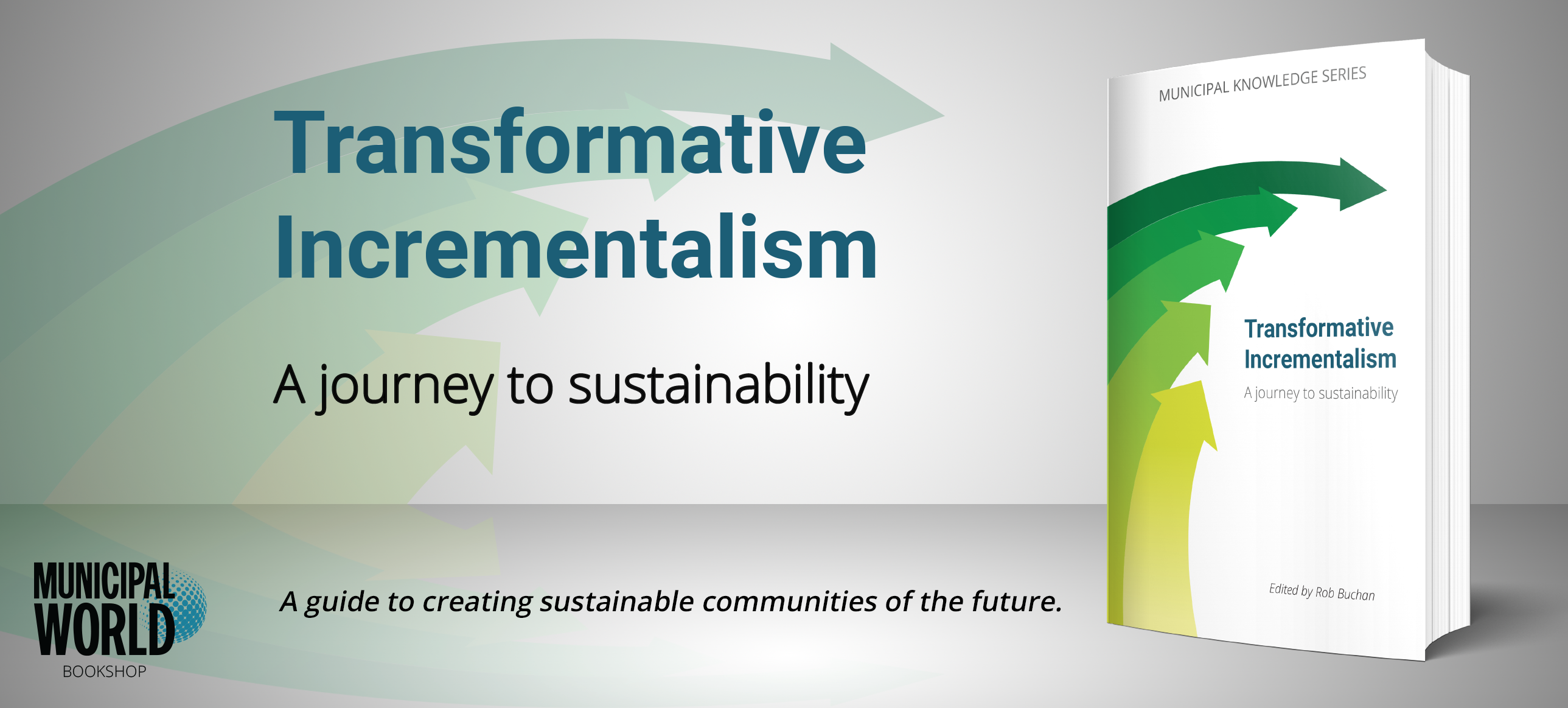Canada's aging population signals need for more inclusive, accessible transportation system

As the number of Canadians aged 65 and older continues to grow faster than any other age group, so too does the need for a more inclusive and accessible transportation system, underscores a group of experts in a new report released recently by the Council of Canadian Academies. Older Canadians on the Move addresses key obstacles faced by today’s older travellers and explores innovative and technological solutions for adapting Canada’s transportation system to meet future needs.
Currently, one in six people in Canada is 65 or older and that number is expected to climb to one in four by 2036. Whether travelling by car, bus, plane, or train, older adults have unique and varied transportation needs and preferences, which can make travel obstacles such as long lineups, poor signage, and inaudible announcements more pronounced than for the general population. While the focus of the report is on Canada’s older demographic, the authors underscore that an inclusive and accessible transportation system makes travel easier for all Canadians.
“Adapting Canada’s transportation system for older travellers will benefit people of all age ranges and abilities,” said Dr. Neena L. Chappell, Chair of the Expert Panel and Professor Emeritus at the Institute on Aging and Lifelong Health, Department of Sociology, University of Victoria. “While we are often compelled to investigate the latest and greatest technological solutions to make travel obstacle-free for older adults, solutions need not always be costly, new, or flashy. Sometimes the best solutions are simple and already exist.”

The report points out that increased customer service personnel, inclusivity training, designated lineups, and ample seating in stations and terminals are some simple initiatives that could have a significant impact. New technologies or innovative adaptations such as flat-plate baggage claim devices and apps that support wayfinding are also explored as options for improving the travel experience. The entire report is built upon the premise of the door-through-door journey, drawing on the concept of a multimodal and national system that considers how older travellers in Canada will navigate their journey, from planning the trip to arriving at their chosen destination.
The Panel identified three pathways to help facilitate door-through-door journeys for older adults and improve the inclusivity of the Canadian transportation system: advancing human and social resources; advancing technology and infrastructure; and advancing policy. Each pathway has an important research and development and innovation component, whether it be through the development of new technologies or the testing and implementation of research-driven solutions in real-world settings. The panel focused on user-centred approaches to R&D and innovation. For example, crafting transportation regulations collaboratively using a multisectoral committee that includes older adults would foster trust and respect among stakeholders.
“What’s unique about this report is that it is Canadian-specific, taking into account the country’s unique geography, vast size, low population density, and jurisdictional division of transportation control,” said Dr. Eric M. Meslin, FCAHS, President and CEO of the Council of Canadian Academies. “Unlike other studies that focused on disability, this panel was very intent on examining the transportation needs of older adults in general, rather than specific chronological ages or disabilities.” MW


